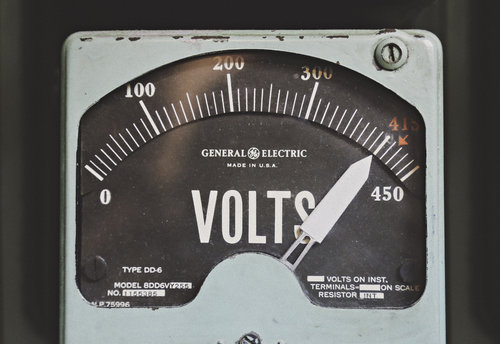The Problem
A recent article in the Australian Financial Review stated that the recent and continual record growth in uptake of rooftop solar systems is adversely affecting the grid power quality and ‘forcing’ policy makers to consider measures to ‘curtail flows of solar power into the grid.’
This is because the grid is allegedly not keeping pace with the number of new solar systems feeding excess energy back into the grid. Essentially the word is that the grid network was not originally designed for two-way flow of energy and thus the disruption in flow is causing the quality of the energy delivered to households and businesses is poor. This poor quality may cause lights to flicker or dim when other devices or appliances are switched on (a pool pump for instance).
There is no doubt that solar installations have continued on their upward trajectory, with 142 Megawatts of small-scale rooftop systems coming on line for August 2018 (Sunwiz Insights, 2018). This puts the total installations for the year to date at 974 Megawatt which is nearly 50% higher than the same time last year. This is because solar makes commercial and economical sense, whether for residential or commercial applications, so there is no question about why this growth is occurring. One question could how long with this growth in rooftop solar installations be sustained, but I think the more important question is how can current solar system owners (or new customers considering their first installation) future-proof their homes and businesses against policy makers while optimising the savings/returns they can produce from their systems. Let’s face it, leaving it all up to policy makers is never the best decision, especially when the information they are basing their decisions from comes from the Network providers who have a vested interest in curtailing renewable energy being fed back into their grid.
The Solution
The fact is that unless we all go completely off-grid we need the grid network to supply power when our solar systems cannot – at night. And when we look at the economics of feeding excess energy back into the grid, it is attractive when some retailers offer feed-in tariff rates of $0.20/kWh, but we mustn’t forget this was as low as $0.04/kWh not too long ago. There is nothing to say retailers won’t reduce feed-in tariffs back to figures at least close to this figure which makes the economics of excess energy less attractive. This is where preparing for batteries becomes a valuable decision when designing your solar system. This can be done by installing a Hybrid inverter with inbuilt battery charger, but most importantly installing a system that is large enough to both power your house AND fill a battery unit large enough to power your energy needs at night. Our most recent installation has done just that – we have installed a larger solar system (9.9 kilowatts of panel capacity) with a Hyrbid inverter compatible with numerous batteries on the market currently. The system is large enough to cover all current energy needs with ample generation to create excess energy for storage in a battery system when the clients wish to install one.
Conclusion
With the massive influx of rooftop solar installations likely to continue and the growing concerns from network distributors and policy makers likely to mean changes to current regulations it is time to start considering what options are available to future-proof your home or business from potential threats. Spinifex Energy is happy to work with you in this changing market to design and install a system that will prepare your home or business for the future whilst saving you thousands today.
Get in touch with Spinifex Energy today and chat with our team for some sound advice.






0 Comments